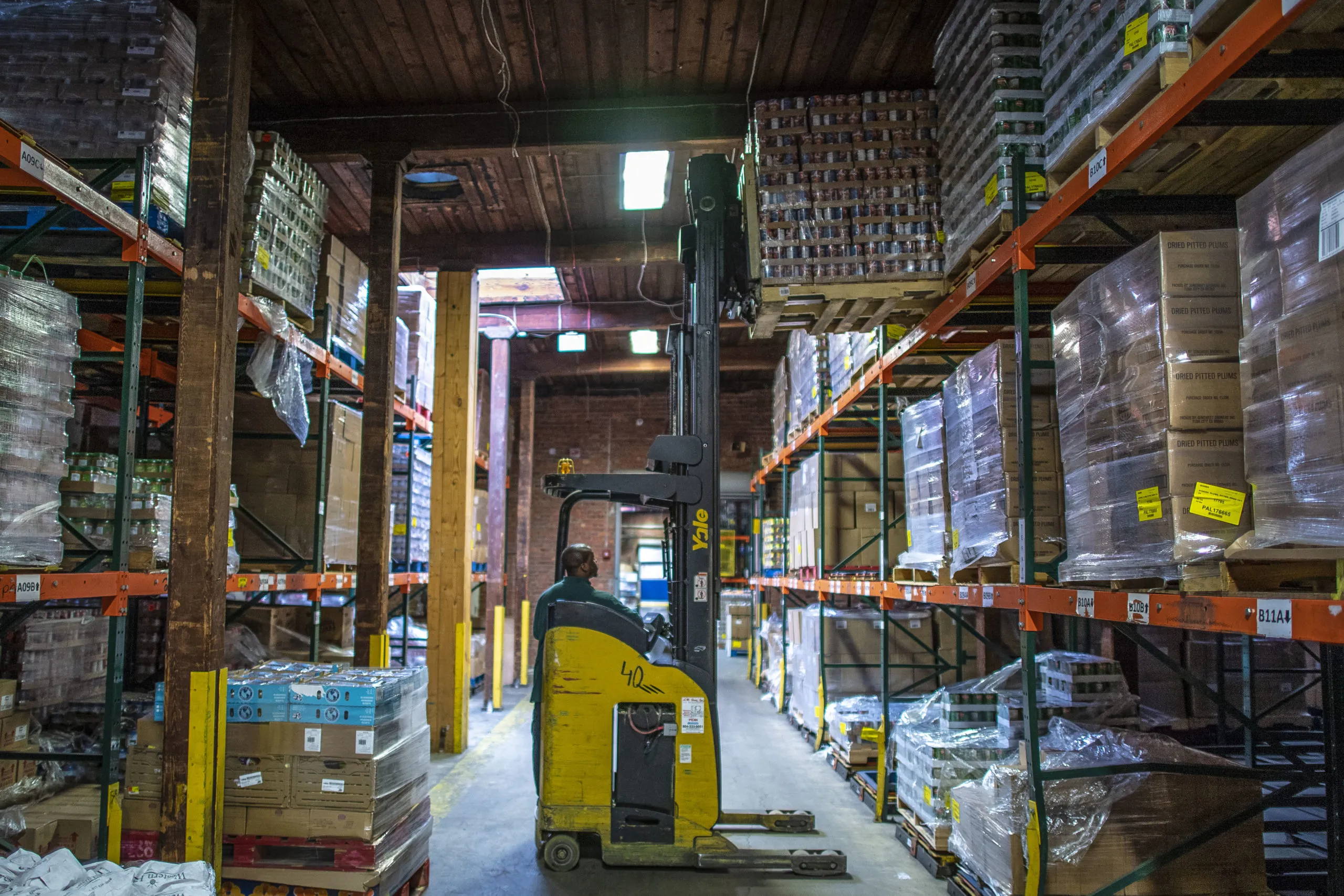U.S. Working Class: The Economic Struggle and Political Promises

The Current Economic Landscape for the U.S. Working Class
The ongoing cost-of-living crisis highlights the struggles faced by the U.S. working class. Recent data reveals that 147 million Americans have difficulty covering their expenses, with corroborating statistics painting a bleak picture of true unemployment levels.
Political Responses Lacking Real Solutions
Both major political parties are failing to grasp the enormity of the crisis. Kamala Harris and Donald Trump offer similar empty promises, while neglecting the underlying issues affecting everyday workers—from inflation to inadequate housing policies.
The Illusion of Declining Inflation
- Inflation rates may be cooling but essential costs keep rising.
- The working class continues to grapple with significant price increases in housing and food.
Policy Shortcomings
- Trump's policies could worsen wage stagnation, while attempts at price control remain vague.
- Harris's commitments on minimum wage and housing do not address the scale of need.
Workers vs. Capitalist Interests
As political leaders align with corporate interests, the challenges of the U.S. working class remain unaddressed. The prevailing capitalist ethos prioritizes profits over the welfare of workers, leaving them in a precarious situation.
Seeking Socialist Solutions
A shift towards socialist principles, advocated by candidates like Claudia De la Cruz, may hold promise for providing a future where workers are valued and able to thrive. Understanding this shift is essential for a better tomorrow.
This article was prepared using information from open sources in accordance with the principles of Ethical Policy. The editorial team is not responsible for absolute accuracy, as it relies on data from the sources referenced.